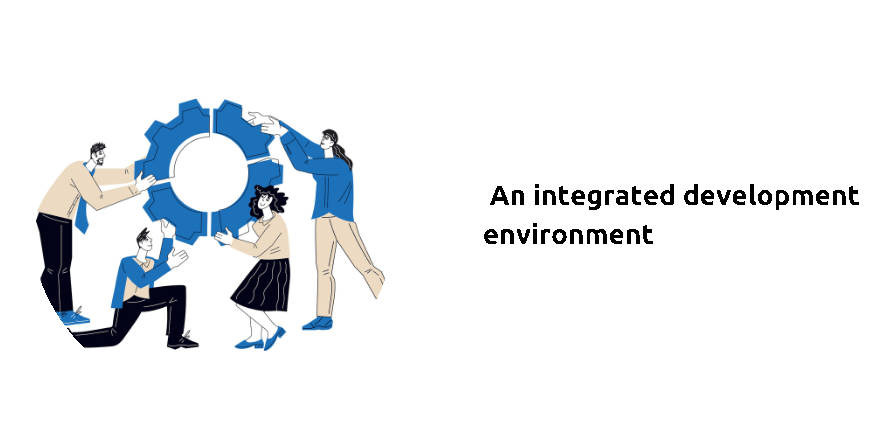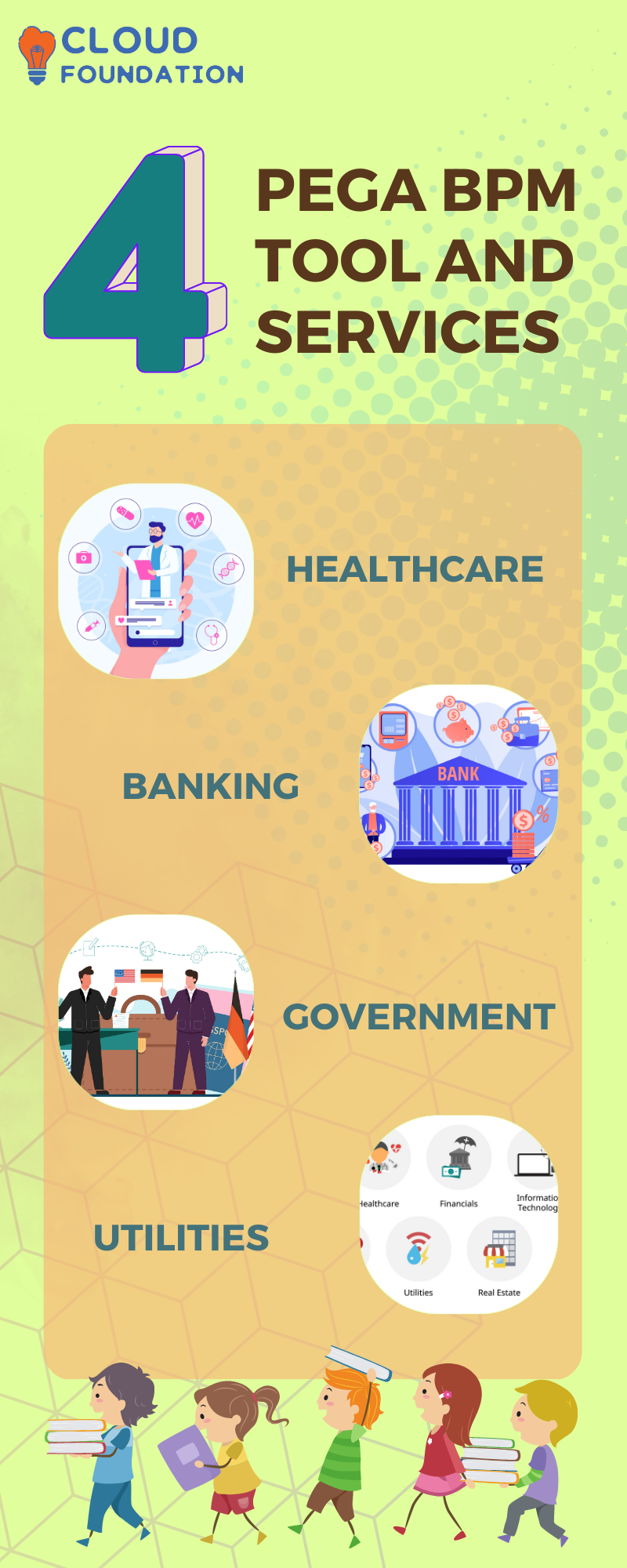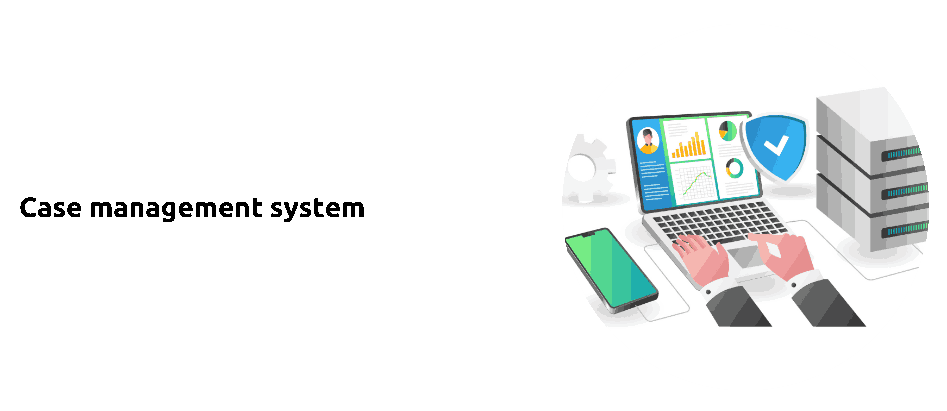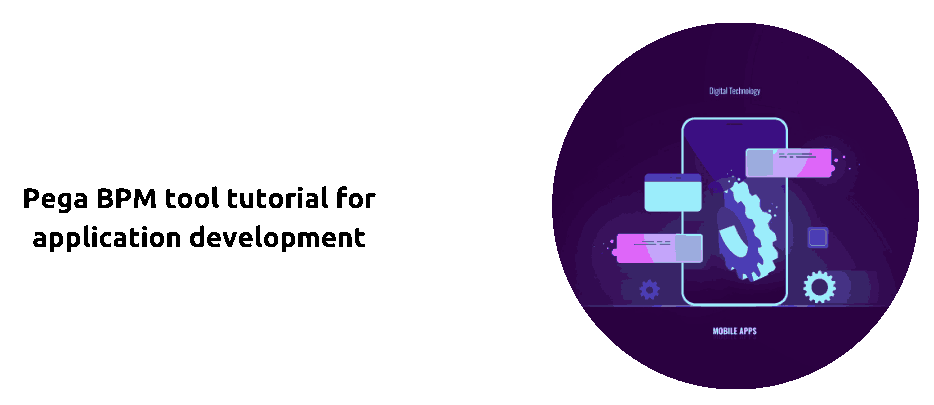Pega BPM – Streamline your Business Processes with Pega BPM Tools
Pega is a popular platform for Business Process Management (BPM) tools. The core idea of Pega is to improve business performance and deliver the required services faster and more accurately.
Pegasystems was one of the first companies to use the BPM approach, and they have developed a unique core technology called PEGA for building their BPM Pega products.
PEGA BPM platform is designed to support developing and managing processes that deliver services and support business requirements. The PEGA BPM tool provides an integrated development environment that combines the capabilities of BPM, CRM, and other applications into a single system.

BPM tools like Pega support creating automated and adaptive processes and providing the required flexibility to change the methods in response to the changing business needs.
The following are the core advantages of PEGA BPM.
It supports managing all the phases of the process lifecycle and provides a complete solution that integrates all the capabilities required for developing a business process.
It provides comprehensive process flow capabilities and allows for defining process flows using Java, XML, or SQL. It supports defining workflows that can be executed in a distributed environment.
It is a comprehensive and unified platform that provides all the tools and services required for developing a business process. Its configurable process routing, case management, and decision services.
It Provides Comprehensive Security:
It provides comprehensive security and supports developing and running applications in a secure environment. It is a fully managed solution that eliminates the need to install and maintain the underlying BPM tools.

Process Building:
In the BPM process building, you can model the sequence of steps the users perform to accomplish their goals.
In the sales process, you can model the steps that the sales representative takes to qualify the lead and move it to the next stage of the sales process.
Multi-user Access:
In the multi-user access mode, you can define access control policies that control the settings on who can perform which actions in the application.
Process Discovery:
In the process discovery mode, you can use the process discovery feature to define and document business processes without coding.
User Interface Generation:
In the user interface generation mode, you can use the process builder to design the form the users see when they act as the application.
Process Reporting:
In the process reporting mode, you can use the process reporting feature to define and document data definitions relevant to the users who view the data.
Deployment Items:
In the deployment items mode, you can use the process builder to manage the configuration items that are required for the execution of the process.

Pega BPM is a platform used to build business process management applications. The Pega platform consists of 4 pillars
1. The Pega platform
2. The Pega BPM product
3. The Pega data integration products
4. The Pega application development products

Pega Architecture:
Pega’s architecture is based on proven industry standards such as Java, XML, and OOP to provide enterprises with a flexible and scalable platform that can be used across the entire enterprise.

Pega Bpm tutorial
Pega is a leading business process management tool. It is built on java ideas and designs. Pega bpm examples and case studies Pega has an easy-to-use graphical interface, which is past in processing vast amounts of data.

Pega is best at managing web services, business rules, and connecting to databases. It is used to develop web, enterprise, and mobile applications. It provides many benefits as per customer requirements.
Pega supports creating applications as per the needs. It is web-based Pega is a web-based application. It is scalable in nature. Pega is portable, works on different platforms, and supports many operating systems like Windows, Linux, and UNIX.

It provides the ability to develop applications as per the customer’s requirements. It supports creating web applications, enterprise applications, and mobile applications.
Pega BPM tool provides services for various applications in healthcare, banking, government, and utilities.

Pega BPM Features:
Pega-bpm provides the ability to integrate business processes with web services and databases.
It also supports creating web services and integrating them with existing applications.

Case Management:
Pega-case types support managing all the cases from a single place. It provides various case management tools like work schedules, Gantt charts, and activity streams.
Pega-process integration supports connecting different applications and integrating them with the existing systems. It also provides a mechanism to integrate external systems with existing applications.
Pega-rules management supports creating and maintaining business policies.
It provides tools for defining decision strategies, extracting data from the application, and managing and monitoring cases.
Pega-web services support creating and integrating web services with existing applications.
Pega PRPC:
Pega PRPC is a process-repository application that supports designing and implementing an application that is flexible, scalable, and can help change the application.
Pega PRPC is a rule-based process-repository application. It is an application developed in Java and uses OOP and Java concepts.
Pega PRPC supports the design and development of a process-driven application. It is a case management system that provides a unified way to design and implement processes in an application.

Pega PRPC Pega Rules Process Commander (PRPC) supports the design and development of a process-driven application. Pega PRPC stores the process as a collection of activities represented as case objects.
The PRPC process can be deployed as a standalone Java application or as a part of an enterprise application.

Pega Rules Process Commander (PRPC) is built on Java and uses OOP and Java concepts. Pega Rules Process Commander (PRPC) is a process-repository application that supports designing and implementing an application that is flexible, scalable, and can help change the applications.
What are the Prerequisites for Pega Certification?
The Pega certification is very popular, and there are lots of people who are going for this certification.
You can become a Pega Certified Professional Developer (PCPD) with the help of this Pega certification. You will learn the basic and advanced methods required to develop Pega applications.
A certificate will also build your knowledge of concepts. This pega bpm certification will not only increase your career prospects but will also improve your skills.
You should have basic Java and OOP concepts. It shouldn’t be challenging to understand the Pega bpm software.
Pega use Cases
Pega Platform is a comprehensive, unified, open enterprise application platform that delivers a fast and predictable path to business outcomes.
We provide a turnkey solution that can be implemented as an integrated or modular solution-aware platform, including a Pega BPM tool tutorial for application development, such as a visual designer, data-driven tools, and an event-driven application model that enables developers and business analysts to rapidly and independently develop the application.

Pega PDC
The Pega PDC emulator provides an efficient way to test the Pega Platform application without deploying it on-premises. The Pega PDC emulator is designed to run the Pega Platform applications similarly to the Pega Cloud Services environment.
The Pega PDC emulator provides a development and test environment similar to the Pega Cloud Services environment. The Pega PDC emulator uses the Pega Platform installer to install the Pega Platform application.

Ankita
Author
“Improving people’s life through illuminating new perspectives and information”



